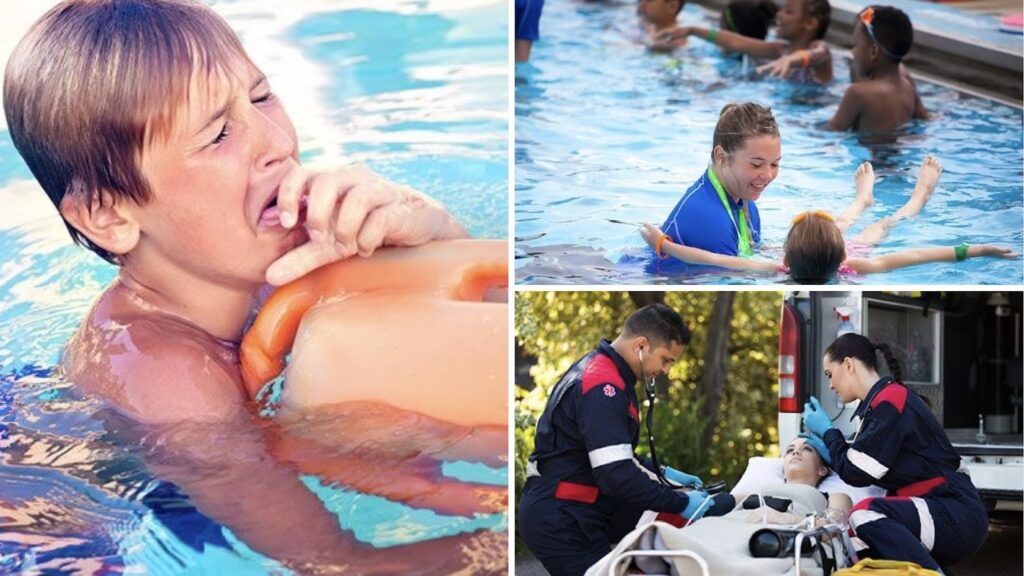Recognizing and preventing dry and secondary drowning is essential for anyone who enjoys water activities. Dry drowning occurs when water is inhaled and it causes the vocal cords to spasm, blocking airflow. Secondary drowning, on the other hand, happens when water enters the lungs, leading to respiratory distress hours later.
These rare but serious conditions can develop unexpectedly, even after minor water exposure. Understanding the differences and dangers ensures you can respond quickly and protect loved ones.
Symptoms of Dry and Secondary Drowning
Recognizing and preventing dry and secondary drowning involves knowing the warning signs. For instance, common symptoms like difficulty in breathing, chest pain, persistent coughing, and sudden fatigue. Behavioral changes, such as irritability or lethargy, can also indicate trouble.
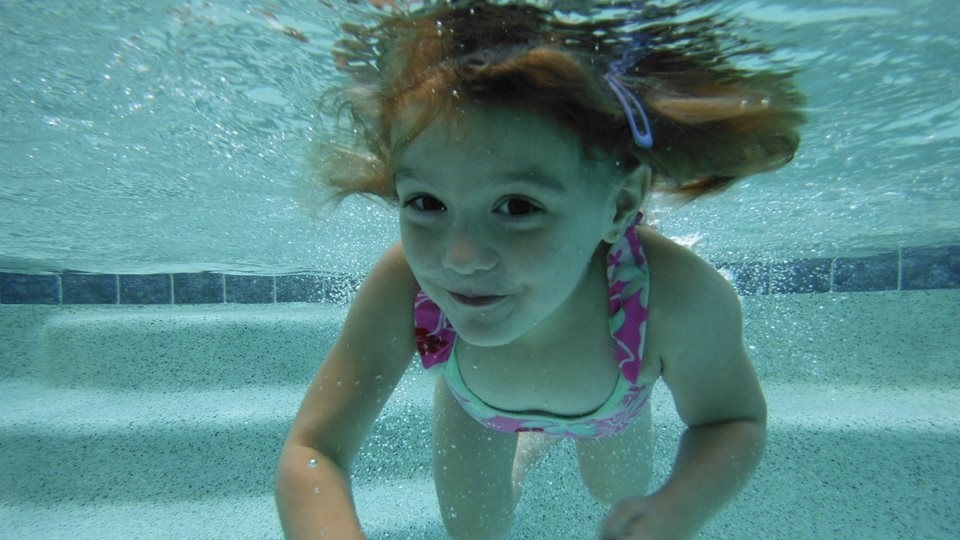
In secondary drowning, symptoms may appear hours after swimming, often catching people off guard. Stay alert for these subtle signs after water exposure that could cause people to drown. Early detection and action can significantly improve outcomes and even save lives.
How These Conditions Develop
Dry drowning and secondary drowning happen when a person breathes in water. In dry drowning, the water induces spasms in the airway, closing off airflow. Secondary drowning occurs when inhaled water accumulates in the lungs, causing inflammation and respiratory distress.

Even small exposures to water from swimming antics or accidental falls can cause these conditions.
Recognizing High-Risk Situations
In all of the situations, dry and secondary drowning is likely to occur; children are at greater risk due to their narrower air passages and immature lungs. However, adults also have risks during vigorous activities like showing off swimming tricks.
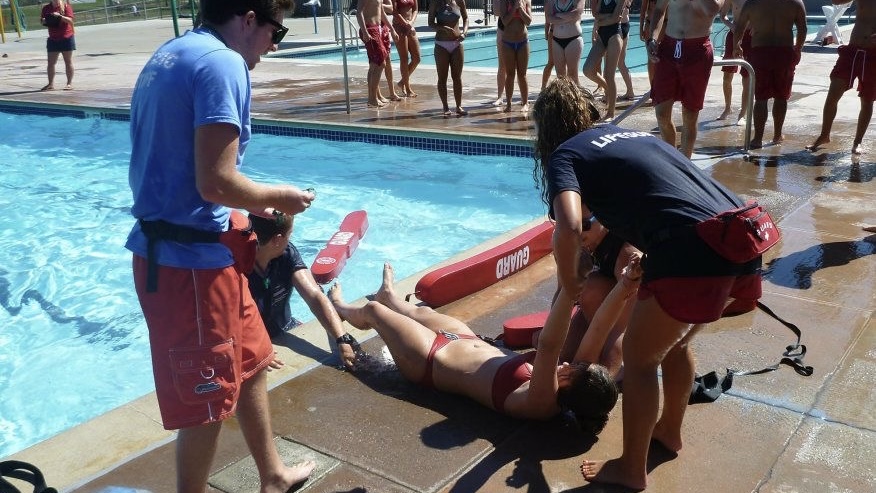
In addition, water inhalation can occur due to exhaustion, lack of swimming skills, and unsupervised water play. Knowing these scenarios gives you the opportunity to take proactive steps to reduce danger and ensure safety for all participants.
First Aid Tips for Suspected Drowning
If someone shows signs of dry or secondary drowning, immediate action is critical. Remove them from the water and monitor their breathing. Provide first aid, including CPR, if they’re unresponsive. Call emergency services promptly if symptoms like difficulty breathing or excessive coughing persist.

Keeping calm and acting quickly can prevent worsening conditions and save lives. Stay ready for such emergencies by undergoing first-aid training on a regular basis, especially if you are engaged in such water activities often.
Ways to Prevent These Emergencies
To prevent dry and secondary drowning, constantly monitor children while they are in or around the water and make sure that every person is equipped with a sound flotation device. Also, discourage children from drinking the water as well as attempting any sort of dangerous swimming stunts.
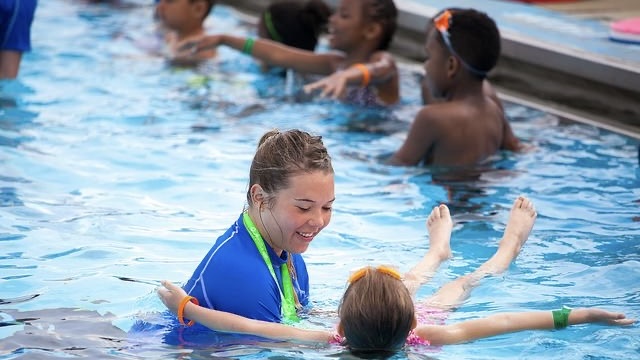
If a personal backward waterslide is constructed, it is best to minimize the force of the water and avoid sharp cuts. In this way, children are taught how to swim correctly so that the chances of injuries occurring are far less.
Enlightening Your Family About Water Safety
Proper education is imperative to understand the details of dry and secondary drowning. Tell your family about the water inhaling problem and explain the need to be safe while swimming.
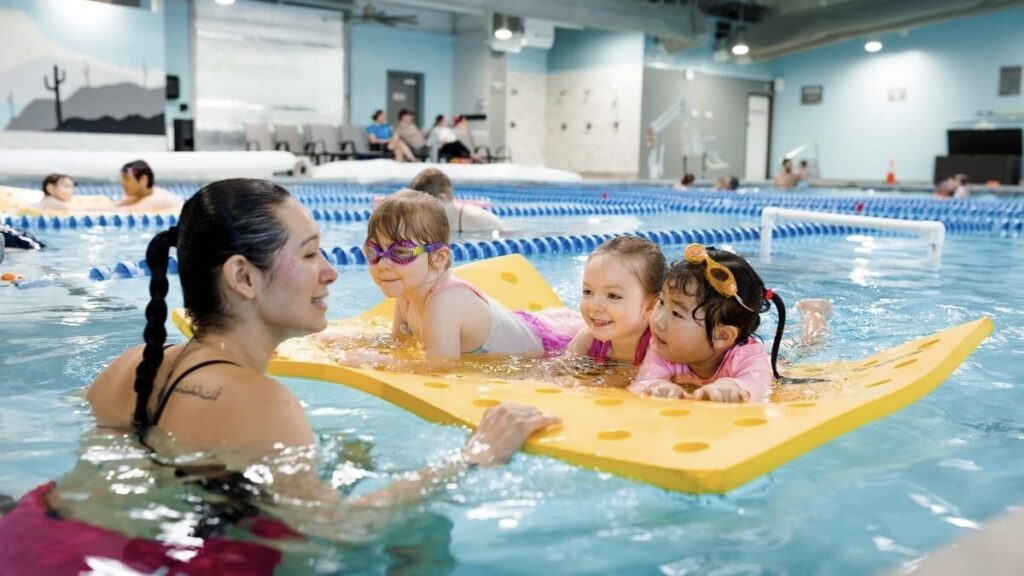
Furthermore, tell young swimmers to minimize shoving, inform an adult if they are feeling sick, and relax. Always ask children how to detect someone in distress and what action need to be taken. By following water safety tips and knowing what to do if an incident occurs, water-related activities will be more fun and safe.
When to Seek Medical Help
Knowing when to seek professional help can make all the difference. If someone shows signs of respiratory distress, such as persistent coughing, chest pain, or unusual fatigue, contact a doctor immediately.
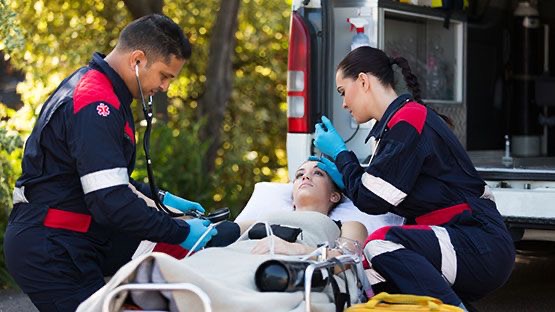
Symptoms may not always appear right away, so monitor anyone who recently inhaled water for up to 24 hours. Trust your instincts—it’s better to act early than to risk complications.
Debunking Common Myths About Drowning
Drowning isn’t always dramatic—it can happen silently and hours after a swimming session. Myths about thrashing or shouting can mislead people into missing subtle signs of dry and secondary drowning.
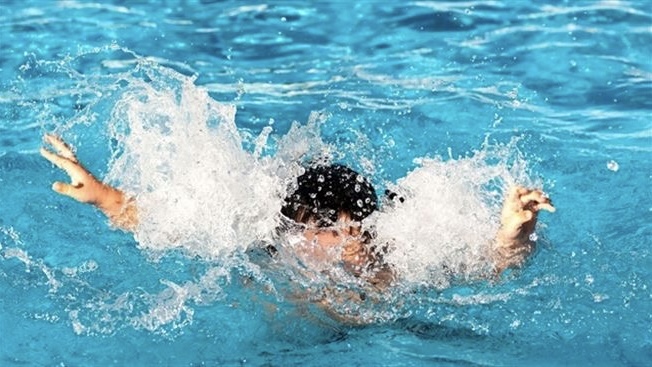
Recognizing the quiet nature of these conditions helps you stay alert to changes in behavior or breathing. Staying informed about these realities empowers you to respond effectively, prioritize safety, and dispel fears without sacrificing fun during water activities.
Enjoy Water Safely
Awareness, education, and readiness are necessary to identify and prevent dry and secondary drowning. Being aware of the signs and reasons will help you enjoy water sports in a safe manner. Adopt preventive strategies, such as keeping an eye on kids, abstaining from dangerous swimming tricks, and making sure you have first aid supplies on hand.
